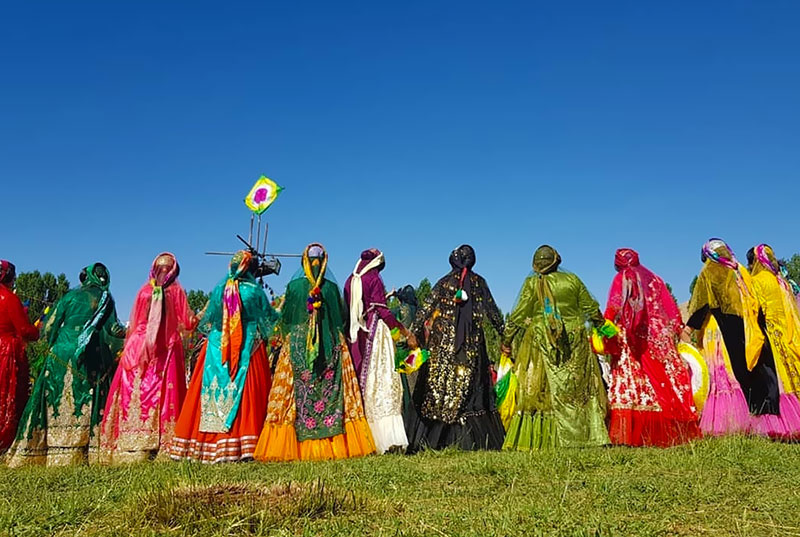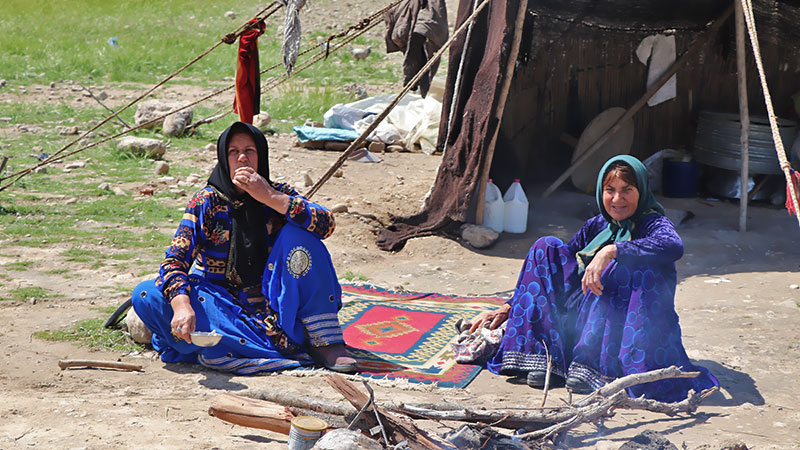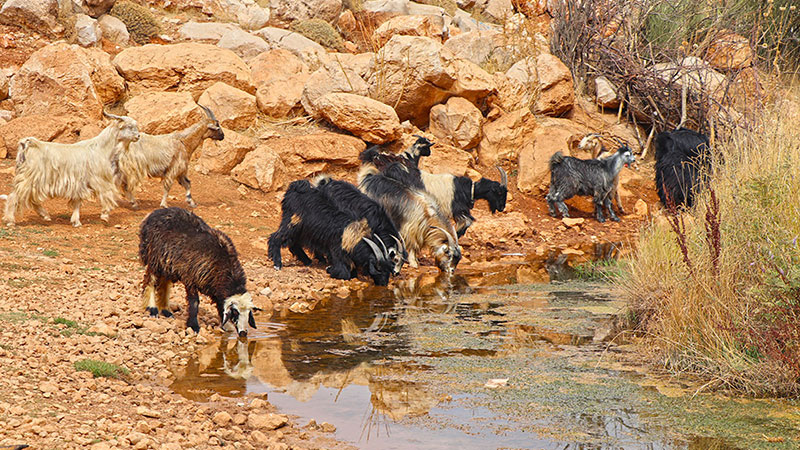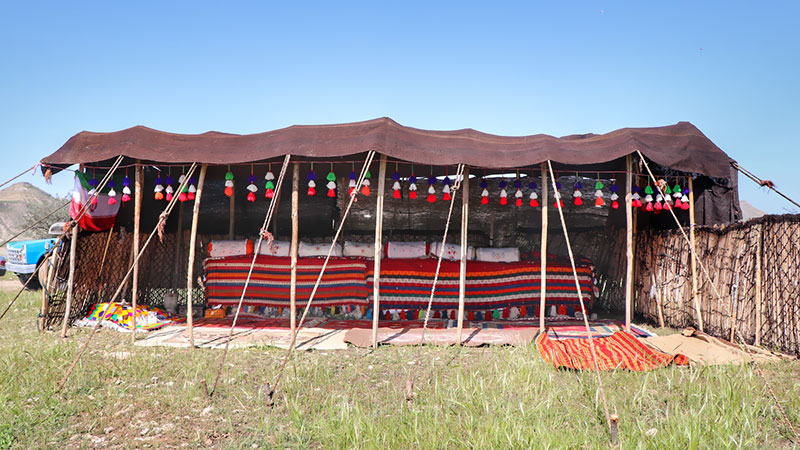 Signin with Google
Signin with Google Signin with Facebook
Signin with Facebook
 Culture,History
Culture,HistoryNomads of Iran, a Life on the Move

Migration for survival: this is the spirit of the nomad life in Iran. As they feel the fresh breeze of fall telling them that cold days are on their way, nomads start walking to warmer areas with their families, their flocks, and all their belongings. They have been moving this way over wildlands for centuries, constantly looking for green pastures and gentle weather. Mountains, rivers, plains, and deserts have been, and remained, the homeland of nomads.
The history of nomadic life is way older than the urban life of mankind. In the second millennium B.C. in Iron Age, several nomadic groups searching for new pastures set foot in the Iranian plateau. They were calling themselves "Aryan", put the name of the former land of them on the new one, and named it "Airyan Vaejah " which means "the lands of Aryans" and is mentioned in the Zoroastrian holy book, Avesta.
These tribal groups are the oldest dated pastoral nomads that entered the central plateau of Iran and later settled and became sedentary and the founders of Medes and onward Achaemenid monarchies. Nomads have always been the core of Iran's army and guarding the borders of the country has been their main duty.

Is every migrant group, Ashayer or nomad?
From prehistory till now, migration and livelihood based on livestock are not the only specifications to recognize nomad society. The essential of migration life is three criteria as such: Each tribe has its distinct domination and possesses its specific social chart based on hierarchical order and each member of the tribe is aware of their position in this chart and their responsibilities.
In Persian, the community of nomad tribes is called "il" which is a Turkish-Mongolian word to express pastoral nomad lifestyle. The life of the il is in whole harmony with its surrounding climate and climate defines the type of livestock of nomads, time and route of migration.

What is Kooch, the nomad's migration in Iran?
Kooch comes with the definition of two terms in nomad life; let's have an exploration of two seasonal migrations as Yeylagh (yeylaq) and Gheshlagh (qeshlaq).
Yeylagh is meaning summer realms of nomad tribes to which tribes begin to migrate in spring and stay living there until the end of summertime. Yeylaghs typically have cool weather and is located at highlands or mountain hills while Gheshlagh is the winter zone with moderate weather that nomads move toward at the end of summer to spend half of the fall and all winter in.
Kooch is the beating heart of nomad life, an answer to the need for fresh pastures for the flock and a Teamwork action that all the members, young or old, child or adult take part in it.

The ancient routes of migration
Nomads of Iran use specific routes to migrate from yeylagh to gheshlagh and vice versa. These routes are just as their domination and as old as their creation. These routes are known as "Ilrah" meaning the path of the il, no need to mention each il has its distinguished ilrah. The oldest ilrah in Iran which is still used by Bakhtiari nomads is "Dezpart". Dezpart is a 220km ancient road from the Achaemenid era.
Three different types of migration are accomplished by nomads in various directions of the country depending on the environmental conditions: vertical Kooch, in those areas with altitude difference, horizontal Kooch between plains and drylands and rotational Kooch in closed areas with a dry climate.

Dwelling of nomads
The main dwelling of nomads in Iran is special woven tents. More than a house, tents are a strong symbol of the nomads' identity. There are two kinds of nomad tents: Siah chador (black tent) and Alachiq tent (dome-shaped tent).
Siah chador is the symbol of west, centre and southeast nomads while northwest tribes use Alachiq tents. The black tent is woven from goat wool whereas Alachiq is made of a wood frame which is covered by several sheets of thick white felt.

Iran's great population of nomads
Nomads of Iran are categorized in different ils with a variety of cultural characteristics. In the following we introduce the different nomad tribes:

